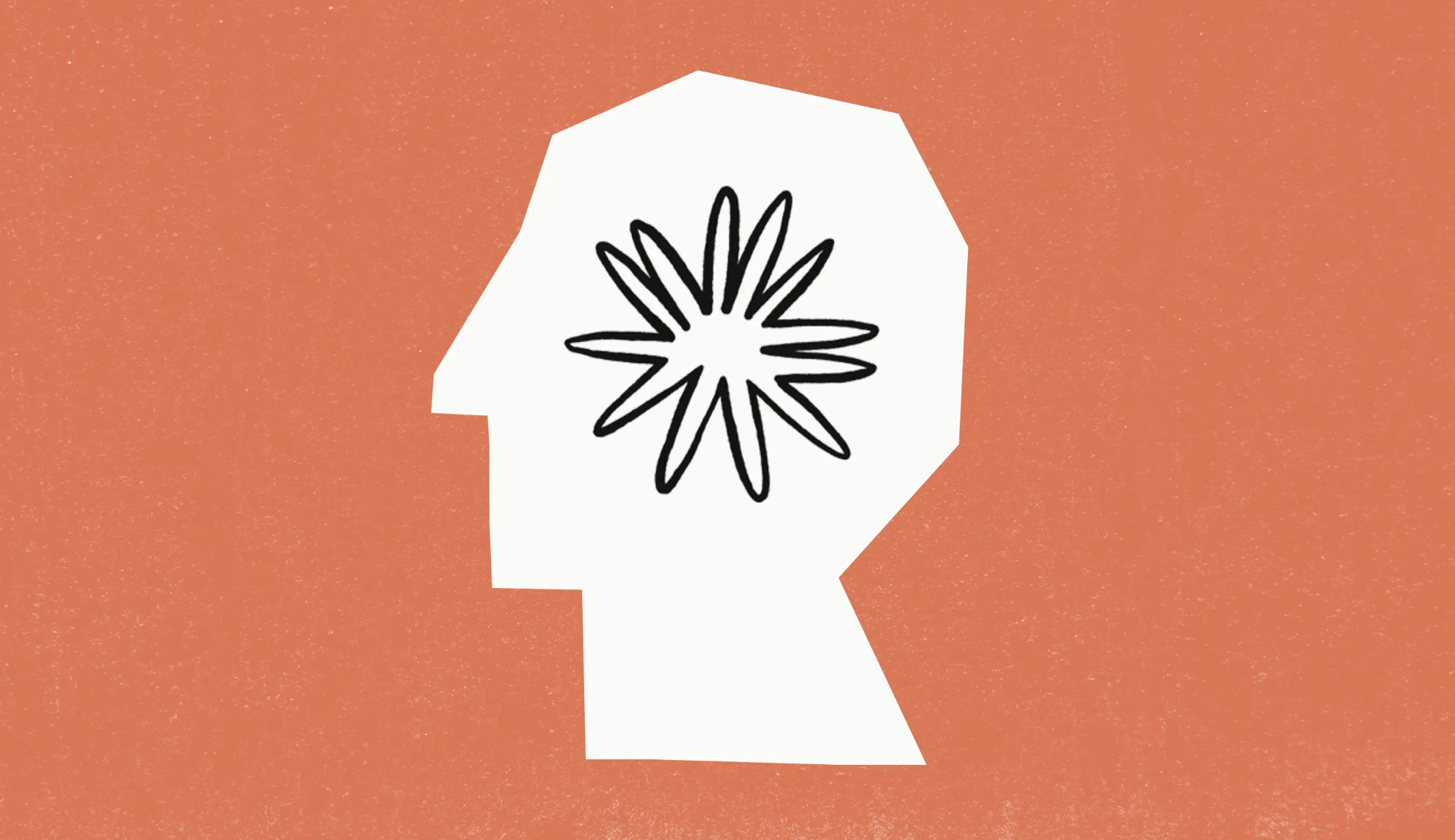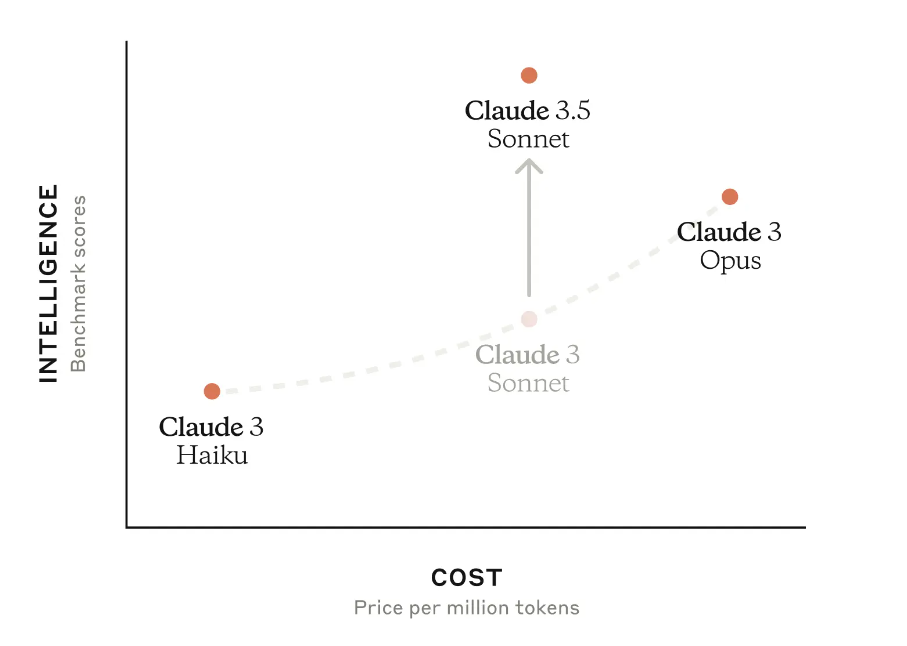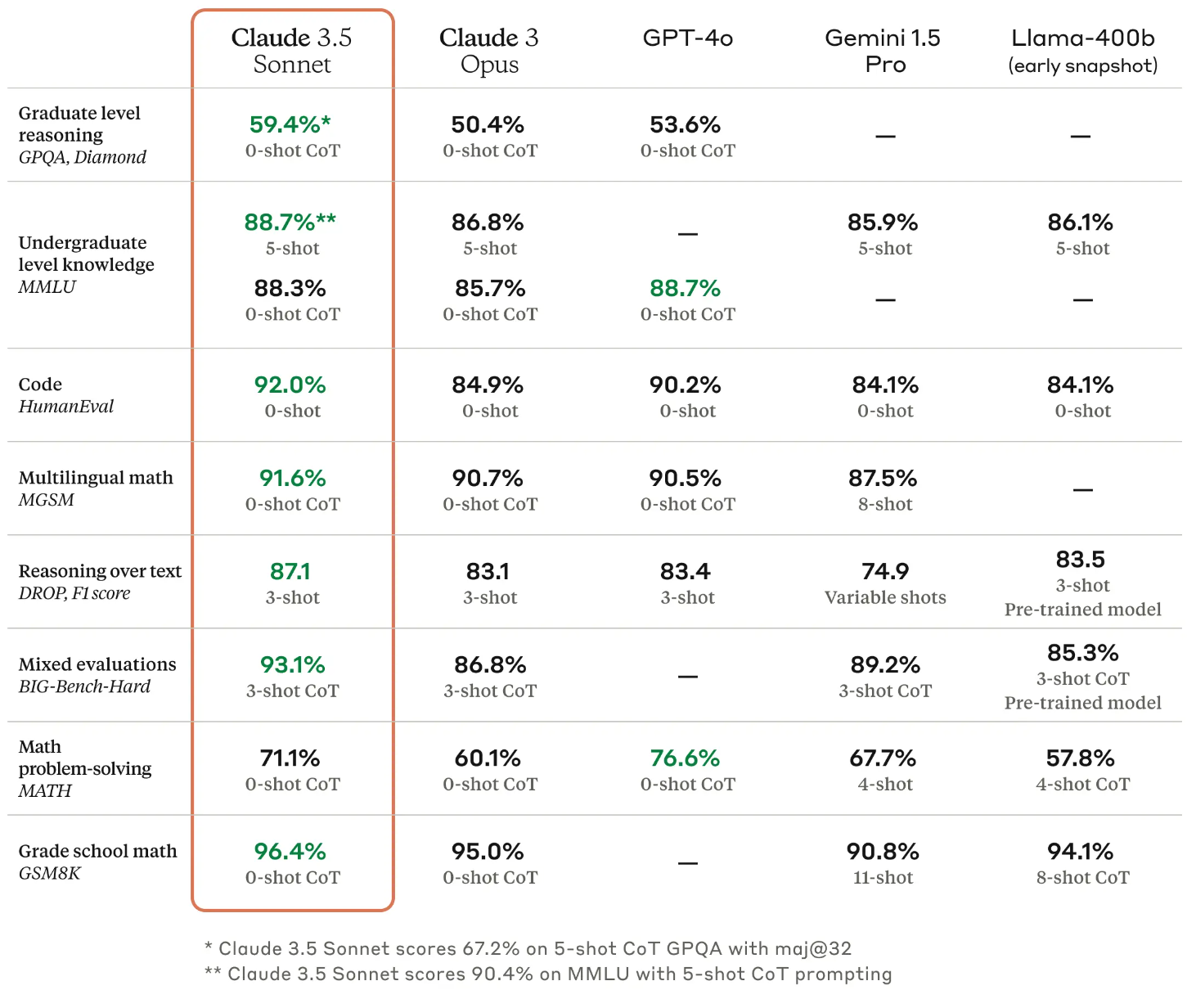Anthropic launches Claude 3.5, potentially the most capable AI model yet

Key Points
- Anthropic has released Claude 3.5 Sonnet, a new version of its AI model that outperforms competing models in many areas, particularly reasoning, knowledge, and coding. It is now available via API and Claude.ai.
- According to Anthropic, Claude 3.5 Sonnet is twice as fast as its predecessor, Claude 3 Opus, and offers improved capabilities for reasoning, coding, humor, complex instructions, and high-quality content generation - at the same price as Sonnet 3.
- With Claude 3.5 Sonnet, Anthropic also introduces its most powerful vision model to date and a new Claude.ai feature called "Artifacts" that gives users more control over generated assets. The new flagship model, Opus 3.5, will follow later this year.
Anthropic has unveiled Claude 3.5 Sonnet, a new version of its AI model that outperforms its competitors in many areas. According to Anthropic, it sets new benchmarks for performance, speed, and cost-effectiveness.
The company claims that Claude 3.5 Sonnet outperforms not only competing models, but also its higher-end predecessor, Claude 3 Opus, in numerous evaluations.
Opus is considered the most powerful generative AI model on the market, next to OpenAI's GPT-4, and even surpasses OpenAI's flagship model in some areas. This makes Sonnet 3.5 potentially the most powerful model available today - at the same price as its predecessor.

Anthropic describes Claude 3.5 Sonnet as "frontier intelligence" that works twice as fast as Claude 3 Opus. Depending on the prompt method, the model sets new industry standards in benchmarks for graduate-level reasoning (GPQA), undergraduate-level knowledge (MMLU), and coding skills (HumanEval).

In Anthropic's internal coding assessments, Claude 3.5 Sonnet solved 64 percent of the tasks, while Claude 3 Opus solved only 38 percent. These assessments tested the model's ability to fix bugs or add features to open-source code based on natural language descriptions.
With appropriate prompts and tools, Claude 3.5 Sonnet can write, edit, and execute code independently, according to Anthropic. The model also offers advanced reasoning and debugging capabilities, enabling it to handle tasks such as code translation, potentially handle legacy application updates, and facilitate code base migrations.
Anthropic claims that Claude 3.5 Sonnet also shows significant improvements in understanding nuance, humor, and complex instructions, producing natural-sounding, high-quality content.
Anthropic releases improved image processing and new Claude.ai interface
Claude 3.5 Sonnet is also Anthropic's most powerful vision model to date, outperforming Claude 3 Opus on the latest vision benchmarks. The performance gains are most noticeable in tasks that require visual logic, such as interpreting diagrams and graphics.
Claude 3.5 Sonnet can also transcribe text from imperfect images, which Anthropic says is an important capability for retail, logistics, and financial services, where AI can extract more insight from an image, graph, or illustration than from text alone.
In addition to the new model family, Anthropic is launching a new interface feature on Claude.ai called "Artifacts," which expands the ways people can interact with Claude.
When a user asks Claude to generate content such as code snippets, text documents, or website designs, these artifacts appear in a special window next to the conversation and can be saved and edited in more detail. Anthropic's goal with Artifacts is to create a collaborative working environment.
New flagship model "Claude Opus 3.5" to follow
Claude 3.5 Sonnet is now available for free on Claude.ai and the Claude iOS app. Subscribers to the Claude Pro and Team plans receive higher usage limits.
The model is also available through the Anthropic API, Amazon Bedrock, and Google Cloud's Vertex AI. Pricing is $3 per million input tokens and $15 per million output tokens, with a context window of 200,000 tokens.
AI News Without the Hype – Curated by Humans
As a THE DECODER subscriber, you get ad-free reading, our weekly AI newsletter, the exclusive "AI Radar" Frontier Report 6× per year, access to comments, and our complete archive.
Subscribe now